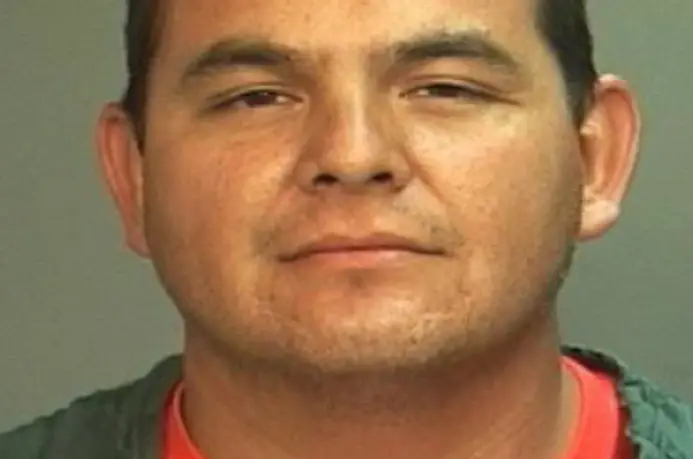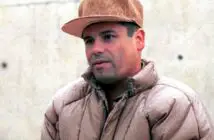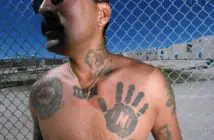Mexican mafia member Ramon Alvarez, 45, of Santa Ana, California, was sentenced to more than 17 years in federal prison on Monday.
Alvarez pleaded guilty to racketeering conspiracy charges and admitted to placing fellow inmates on “green light” or “hard candy” lists, essentially marking them for murder or assault while serving time within the Orange County jail system.
Alvarez authorized and assisted with at least two attacks.
Prosecutors said that in December 2011, a co-conspirator was authorized by Alvarez to stab a fellow inmate to death. The inmate was severely injured in the attack but did not die.
Prosecutors also said that in October 2012, Alvarez was at the Theo Lacy Facility in Orange when he found out about a fellow inmate who was cooperating with the authorities on a murder trial. This inmate was attacked by Mexican mafia members.
Alvarez wasn’t the only person named in the racketeering indictment. The operation, that was conducted by federal and local law enforcement, also named 24 others which led to longtime Mexican Mafia boss, Peter Ojeda being convicted.
Ojeda, better known as “Sana”, became the highest-ranking Mexican mafia member in Orange County. He spent 30 years climbing the ranks, gaining notoriety, and accumulating incredible power within local street gangs.
In 2006, Sana was convicted on racketeering charges and ended up in a Pennsylvania federal prison. Even this didn’t force him to give up his power and control over Orange County jails and local street gangs.
This most recent indictment comes after a particularly violent time in Orange County jails caused by a war for power and control over local gang activity between Sana and his former ally, Armando Moreno.
According to prosecutors, Alvarez was associated with Ojeda’s gang which eventually won the war with Moreno. This was done by Ojeda gaining the backing of other Los Angeles Mexican mafia bosses.
Ojeda was sentenced to 15 years behind bars where he died in 2018 at the age of 76.
This operation by law enforcement and the trial that followed gave a rare glimpse into the upper leadership of the Mexican mafia who are extremely active throughout southern California. They issue orders and laws to local street gangs and even tax drug dealers. However it’s real power, comes with the organization’s ability to control the criminal activity in jails and prisons. Inmates who don’t toe the line can easily be beaten or murdered behind bars.





